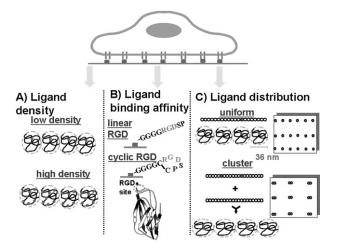Quantifying the relation between bond number and myoblast proliferation
Quantifying the relation between bond number and myoblast proliferation
T. Boontheekul, Hyun-Joon Kong, S. Hsiong, Y-C. Huang, L. Mahadevan, H. Vandenburgh and D. Mooney, Faraday Discussions , 139, 53, 2008.




 Prof. L. Mahadevan
Prof. L. Mahadevan

